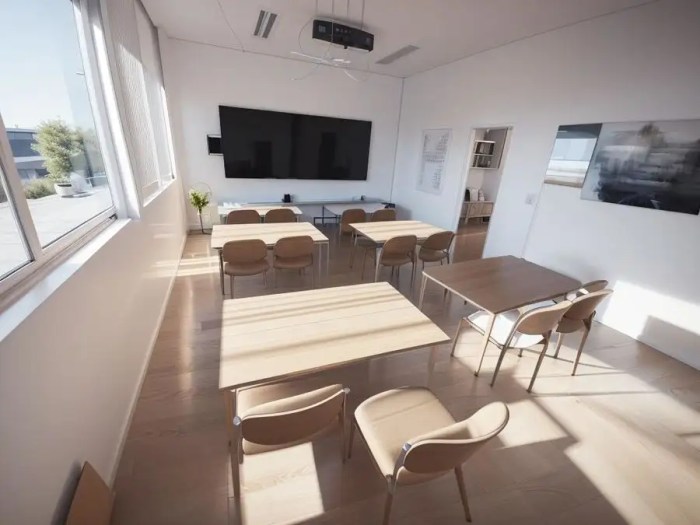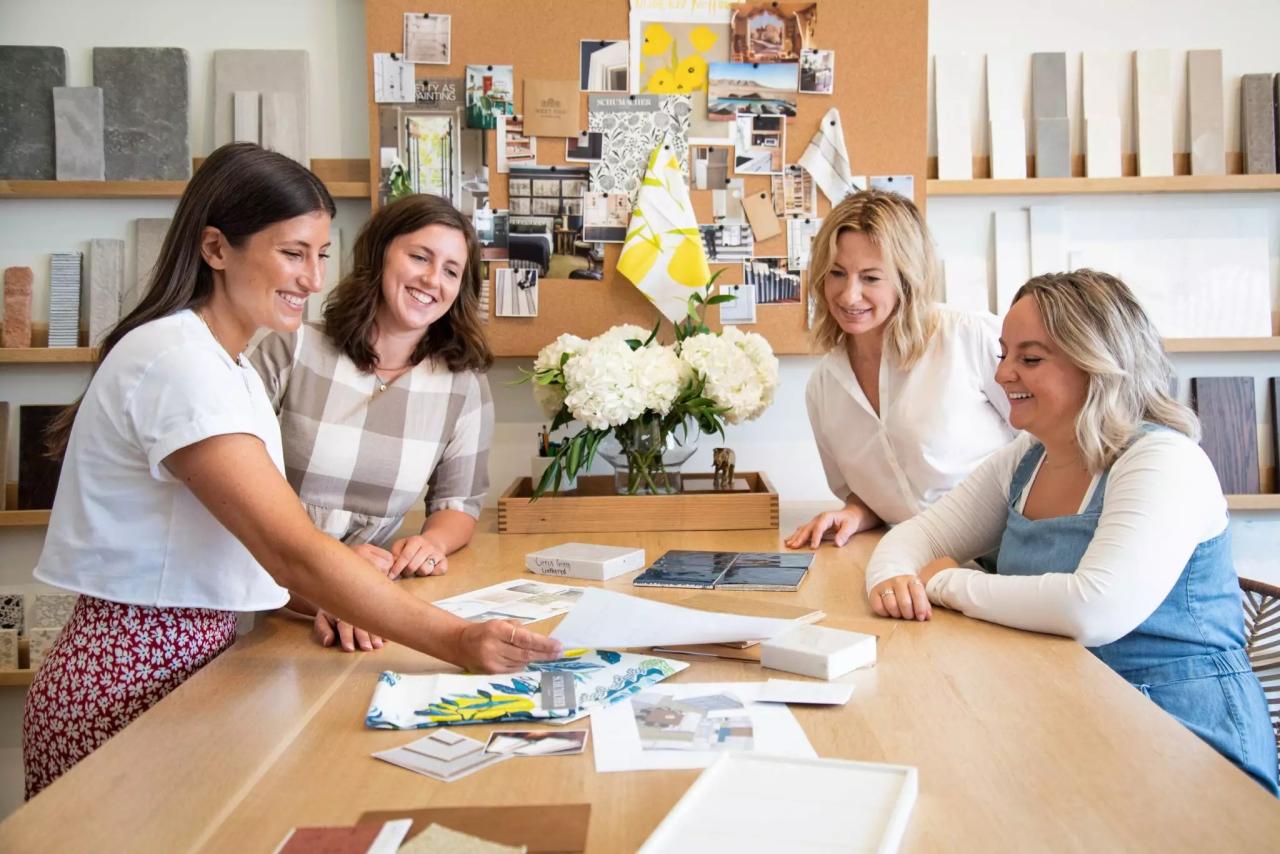Starting a small interior decorating business can be an exciting venture for those with a passion for design and creativity. However, like any other business, it requires careful planning, organization, and hard work to be successful. In this comprehensive guide, we will discuss the steps and tips on how to start a small interior decorating business.
1. Define Your Niche
Before starting your interior decorating business, it is essential to define your niche. Decide whether you want to focus on residential or commercial projects, modern or traditional styles, or specific rooms like kitchens or bathrooms. By specializing in a particular niche, you can target your marketing efforts more effectively and stand out from the competition.
2. Create a Business Plan
A well-thought-out business plan is crucial for the success of your interior decorating business. It should Artikel your goals, target market, pricing strategy, marketing plan, and financial projections. A business plan will serve as a roadmap for your business and help you stay on track as you grow and expand.
3. Obtain the Necessary Licenses and Permits
Depending on your location, you may need to obtain certain licenses and permits to operate an interior decorating business legally. Check with your local government or small business administration to ensure that you are compliant with all regulations and requirements.
4. Build a Strong Portfolio

To attract clients and showcase your skills, it is essential to build a strong portfolio of your work. Include before and after photos, testimonials from satisfied clients, and any relevant certifications or awards. A professional portfolio will demonstrate your expertise and help you win new projects.
5. Develop a Marketing Strategy

Marketing is key to growing your interior decorating business. Develop a marketing strategy that includes a mix of online and offline tactics such as social media, networking events, collaborations with other professionals, and advertising. Invest in professional branding and a user-friendly website to attract potential clients.
6. Price Your Services Competitively
When setting your pricing for interior decorating services, consider factors such as your experience, overhead costs, and the local market. Research competitors’ pricing to ensure that your rates are competitive while still allowing you to make a profit. Be transparent about your pricing and the value you provide to clients.
7. Provide Exceptional Customer Service

Customer service is crucial in the interior decorating industry. Make sure to communicate clearly with clients, listen to their needs and preferences, and deliver projects on time and within budget. Building strong relationships with clients will lead to repeat business and referrals.
Embrace the art of cooking with love and intention by learning how to cook southern style kale. Allow the vibrant colors and flavors of this nutritious vegetable to nourish your body and soul. Infuse each step of the cooking process with mindfulness and gratitude, creating a dish that not only delights the taste buds but also uplifts the spirit.
8. Stay Updated on Design Trends
Interior design trends are constantly evolving, so it is essential to stay updated on the latest styles, materials, and technologies. Attend trade shows, workshops, and conferences to expand your knowledge and network with other industry professionals. Incorporating current trends into your designs will keep your work fresh and appealing to clients.
9. Invest in Quality Tools and Materials
To deliver high-quality results, invest in quality tools, materials, and resources for your interior decorating business. This includes software for designing, measuring tools, furniture, fabrics, and accessories. Using premium materials and tools will set you apart from competitors and ensure client satisfaction.
10. Seek Feedback and Continuous Improvement
Finally, seek feedback from clients, peers, and mentors to continuously improve your interior decorating business. Learn from both successes and failures, and adapt your strategies accordingly. By staying open to feedback and constantly striving for excellence, you can build a successful and sustainable business.
Conclusion
Starting a small interior decorating business requires careful planning, creativity, and hard work. By following the tips Artikeld in this guide, you can establish a successful business that showcases your design skills and attracts satisfied clients. Remember to define your niche, create a business plan, build a strong portfolio, develop a marketing strategy, provide exceptional customer service, stay updated on design trends, invest in quality tools and materials, and seek feedback for continuous improvement.
Embrace the wisdom of the earth by learning how to cook southern style kale with love and intention. Allow the vibrant colors and flavors of this nourishing vegetable to awaken your senses and connect you to the abundance of nature’s gifts. As you prepare this dish, infuse each step with gratitude for the sustenance it provides for your body and soul.
With dedication and passion, your interior decorating business can thrive in a competitive market.
FAQs
1. How much does it cost to start an interior decorating business?
The cost of starting an interior decorating business can vary depending on factors such as location, services offered, and scale of operations. It is recommended to create a detailed budget and business plan to estimate your startup costs accurately.
2. Do I need formal training or education to start an interior decorating business?: How To Start A Small Interior Decorating Business
While formal training or education in interior design can be beneficial, it is not always necessary to start an interior decorating business. Many successful decorators have learned through hands-on experience, workshops, and self-study. However, having a strong foundation in design principles and techniques can give you a competitive edge.
3. How can I attract clients to my interior decorating business?
To attract clients to your interior decorating business, focus on building a strong portfolio, developing a professional brand and website, networking with industry professionals, and offering exceptional customer service. Utilize social media, online advertising, and word-of-mouth referrals to reach potential clients and showcase your work.
4. What are some common challenges faced by interior decorating businesses?
Common challenges faced by interior decorating businesses include dealing with demanding clients, managing project timelines and budgets, staying updated on design trends, and balancing creative vision with practical considerations. It is important to stay organized, communicate effectively, and continuously learn and adapt to overcome these challenges.
5. How can I stand out from competitors in the interior decorating industry?
To stand out from competitors in the interior decorating industry, focus on defining your niche, showcasing your unique design style, providing exceptional customer service, staying updated on design trends, and building strong relationships with clients. By offering personalized services and delivering high-quality results, you can differentiate your business and attract loyal clients.
